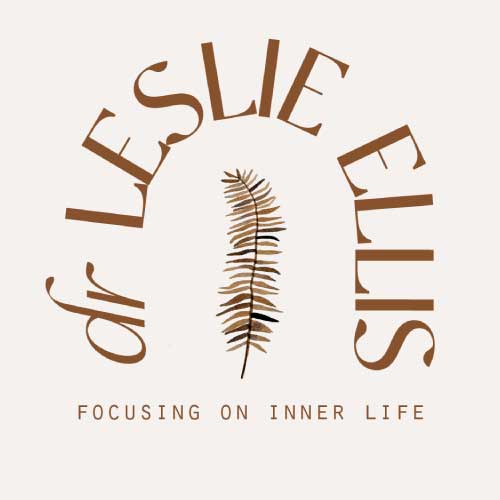This article is an excerpt from A Clinician’s Guide to Dream Therapy by Dr. Leslie Ellis (Routledge, 2019)
The working model of the unconscious has undergone significant revision in the past two decades. One of the world’s leading cognitive neuroscientists, Gazzaniga (1998) proposed the idea of an “adaptive unconscious,” which is conceived of as a complex and extensive network of neural processors that evaluate, calculate and respond to situations completely outside of our awareness. Far from the Freudian view of the unconscious as a seething cauldron of primitive and unacceptable desires, our automatic responses are now seen as generally adaptive and pervasive. Gazzaniga has suggested that fully 99 percent of our cognition is unconscious – or implicit (a better word for those impulses that happen outside of awareness since ‘unconscious’ implies we are not just unaware, but not even awake).
If Gazzaniga is correct, there may be no such thing as free will, and cognitive scientists are now suggesting this is the case. What feels like a conscious decision on our part is actually our justification of an action after the fact. Gazzaniga (2012) said “free will is an illusion…. neuroscience, with its ever-increasing mechanistic understanding of how the brain enables mind, suggests that there is no one thing in us pulling the levers and in charge. It’s time to get over the idea of free will and move on.” He said our brain is learning all the time, making increasingly better decisions about the best ways to behave. “That is what our brain is for and what it does. It makes decisions based on experience, innate biases, and mostly without our conscious knowledge. It is beautiful to understand how that happens.”
Another way to say this is, “action precedes reflection.” Bargh and Morsella (2008) suggest it is probably a good thing that our behavioral impulses do not come from our consciously-directed will. “Contemporary social cognition research on priming and automaticity effects have shown the existence of sophisticated, flexible, and adaptive unconscious behavior guidance systems. These would seem to be of high functional value, especially as default behavioral tendencies when the conscious mind, as is its wont, travels away from the present environment into the past or the future. It is nice to know that the unconscious is minding the store when the owner is absent.” The authors go on to point out that in the rest of the natural world, unconscious processes are the rule, not the exception. While the human capacity to articulate and manipulate information is the most highly developed of any species, “this consciousness is not necessary to achieve the sophisticated, adaptive, and intelligent behavioral guidance demonstrated in the emerging priming literature. Unconscious processes are smart and adaptive throughout the living world.”
Dreaming can be seen as a phenomenon that gives us a picture of our adaptive unconscious, and as such, dreams are an extremely valuable source of information for psychotherapists. Efrat Ginot (2015) wrote that dreams are highly significant as an “enacted expression of unconscious processes.” She describes our emerging understanding of the REM phase of sleep where dreaming is most predominant and creative as “engaged not in simple consolidation of new/recent memory, but in processing associative memories.” We also know that, for the most part, the material our dreams process is charged with emotion. Neural imaging shows us that during REM sleep and dreaming, our higher cortical processes are dampened down, and our limbic system is more active even than when we are awake.
Ginot said that because dreams are in part a result of limbic activity and compromised cognitive functioning they offer “great therapeutic opportunities. Very often, more than the remembered content, the affect resurrected in dreams is significant for the possibility of change. As often experienced in treatment, the intense emotions that are revealed in dreams seem to provide one of the most direct accesses to what lies underneath; the emotional glue that holds a self-system together.” Operating from a modern psychoanalytic perspective, Ginot views dreams as an echo of a person’s various self-systems reflecting the idea that our personalities are a collection of various states that we seamlessly slip in and out of depending on what our life situation calls for. “Viewing all parts of a dream as echoing different self-systems can also give us an important glimpse into the patient’s different unconscious systems and how they relate to each other or how internally split they are. Together with all other enacted manifestations of unconscious processes, dreams open a window into what is hidden but still expressed.”
You may or may not ascribe to current psychoanalytic theory (although dream elements as expressive of self-states is a concept worth exploring). Regardless, the main sentiment Ginot (2015) is expressing is that our updated understanding of the pervasiveness of unconscious processes and the role of dreams in opening a window into our implicit emotional worlds has increased the importance of attending to dreams in clinical practice. “The emerging models of our dreaming lives strengthen their clinical relevance. Dreams can no longer be thought of as simply carrying repressed or dissociated memories or as a defense against unpleasant instincts. As part of always active brain/mind processes, they allow us, however strangely, to peek into unconscious processes as interpreted, recalled and retold by our conscious self.”
Bargh, J. A., & Morsella, E. (2008). The Unconscious Mind. Perspectives on Psychological Science: A Journal of the Association for Psychological Science, 3(1), 73–79.
Gazzaniga, M. (1998). The mind’s past. Oakland, CA: University of California Press.
Gazzaniga, M. S. (2012). Free will is an illusion but you’re still responsible for your actions. The Chronicle Review.
Ginot, E. (2015). The neuropsychology of the unconscious. New York & London: W. W. Norton and Company.

